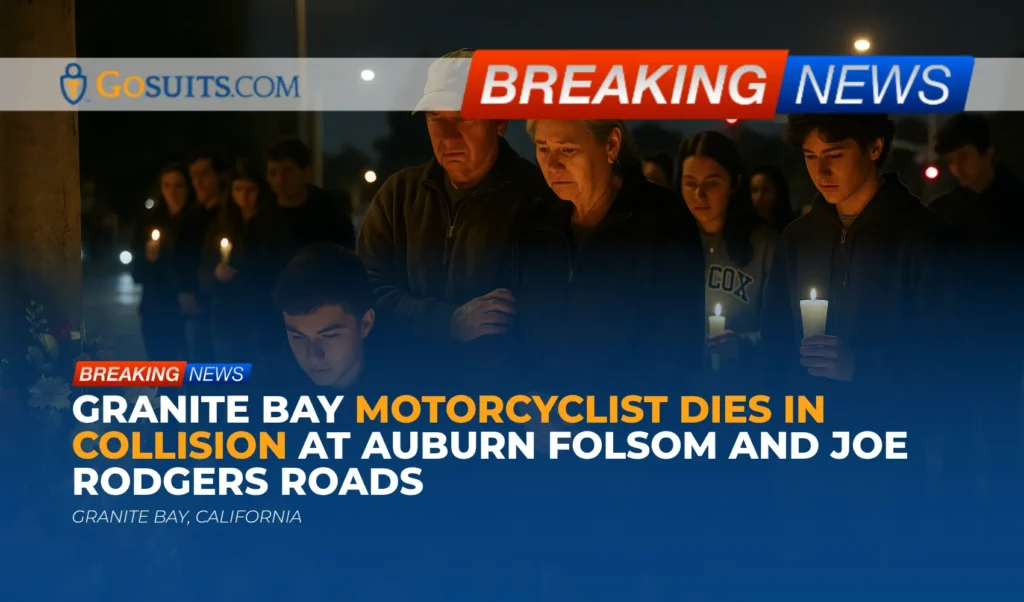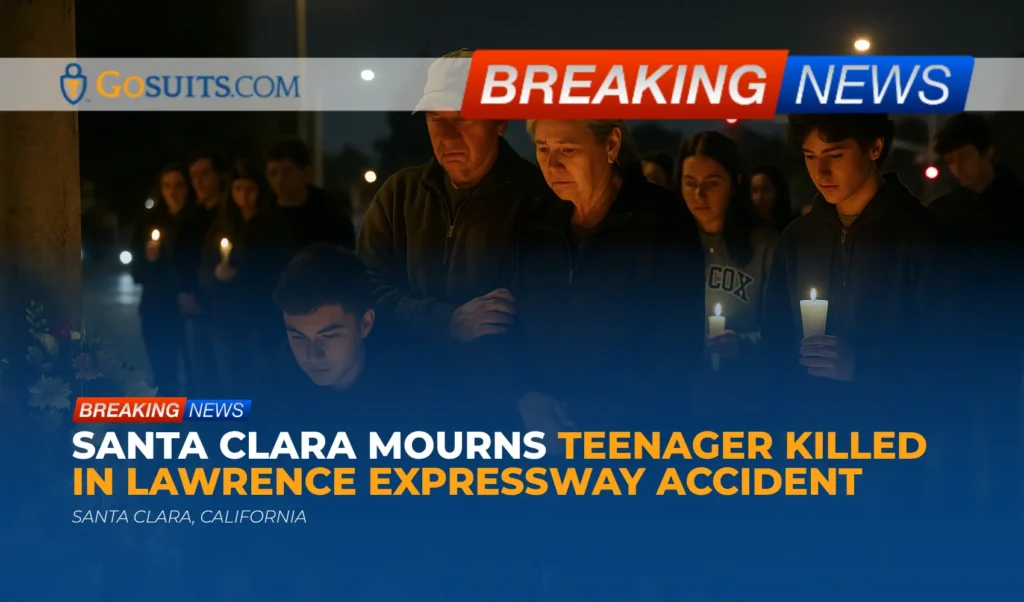Early Sunday morning, a multi-vehicle collision in San Marcos, Texas, resulted in the death of a 33-year-old motorcyclist. The incident occurred on Interstate 35, prompting a significant response from local law enforcement and emergency services.
Incident Details
According to reports, the five-vehicle crash took place around 2:30 a.m. in the 2800 block of South I-35, near McCarty Lane. The San Marcos Police Department (SMPD) reported that the motorcyclist collided with another vehicle traveling southbound. The impact resulted in fatal injuries to the motorcyclist, who was pronounced dead at the scene. He has been identified as Khristian Vicknair, 33, of New Braunfels. Fortunately, no other injuries were reported in connection with the crash.
Investigation and Road Closure
Following the crash, the SMPD’s Collision Investigation Team was dispatched to the scene. The southbound lanes of I-35 were closed for approximately six hours as investigators worked to determine the cause of the collision and clear the roadway. The lanes were reopened at 9 a.m., according to a Facebook post by the San Marcos Police Department. The investigation into the crash is ongoing, with authorities piecing together the events that led to this tragic outcome.
Legal and Safety Implications of Multi-Vehicle Accidents
Multi-vehicle accidents, such as the one that occurred on I-35, can have complex legal and safety implications. These incidents often involve multiple parties, making it crucial to determine the sequence of events and the factors contributing to the crash.
Determining Liability
In personal injury cases arising from multi-vehicle accidents, determining liability is a critical step. Liability refers to the legal responsibility of an individual or entity for damages caused by their actions or negligence. Several factors are considered when assessing liability:
- Negligence: Establishing negligence requires demonstrating that a party failed to exercise reasonable care, resulting in the accident. This could include speeding, distracted driving, driving under the influence, or violating traffic laws.
- Causation: It must be proven that the negligent actions directly caused the accident and the resulting injuries or fatality.
- Comparative Negligence: Texas follows a modified comparative negligence rule. This means that a person can recover damages even if they were partially at fault, as long as their percentage of fault is not more than 50%. However, their recovery is reduced by the percentage of their fault.

Common Causes of Multi-Vehicle Accidents
Several factors can contribute to multi-vehicle accidents. Some of the most common include:
- Distracted Driving: Engaging in activities such as texting, eating, or adjusting the radio while driving can significantly impair a driver’s reaction time and ability to maintain control of their vehicle.
- Drunk Driving: Operating a vehicle under the influence of alcohol or drugs severely impairs judgment and coordination, increasing the risk of accidents.
- Speeding: Exceeding the posted speed limit or driving too fast for conditions reduces a driver’s ability to react to unexpected hazards and increases the severity of collisions.
- Following Too Closely: Maintaining an insufficient following distance can lead to rear-end collisions, which can trigger chain-reaction accidents involving multiple vehicles.
- Inclement Weather: Rain, fog, ice, and snow can reduce visibility and road traction, making it more challenging to control a vehicle safely.
Understanding Insurance Coverage
Insurance coverage plays a crucial role in compensating victims of multi-vehicle accidents. In Texas, drivers are required to carry minimum levels of liability insurance to cover damages they cause in an accident. However, in cases involving serious injuries or fatalities, the at-fault driver’s insurance coverage may not be sufficient to fully compensate all victims.
Underinsured Motorist (UIM) coverage can provide additional protection in such situations. UIM coverage applies when the at-fault driver has insufficient insurance to cover the victim’s damages. To make a UIM claim, the injured party must typically prove that the at-fault driver was negligent and that their damages exceed the at-fault driver’s policy limits.
Safety Measures to Prevent Accidents
Preventing multi-vehicle accidents requires a combination of responsible driving habits, vehicle maintenance, and adherence to traffic laws. Some essential safety measures include:
- Eliminating Distractions: Avoid using cell phones or engaging in other distracting activities while driving.
- Driving Sober: Never operate a vehicle under the influence of alcohol or drugs.
- Obeying Speed Limits: Adhere to posted speed limits and adjust driving speed according to road conditions.
- Maintaining a Safe Following Distance: Allow sufficient space between your vehicle and the vehicle in front of you to react safely to sudden stops.
- Regular Vehicle Maintenance: Ensure your vehicle is in good working condition, with properly functioning brakes, tires, and lights.

Commentary from Gosuits San Marcos, Texas Personal Injury Attorney
The tragic five-vehicle collision in San Marcos that resulted in the death of a motorcyclist underscores the importance of safe driving practices and adherence to traffic laws. When accidents like this occur, families often face not only the emotional devastation of losing a loved one but also the daunting task of navigating the legal system. In such cases, understanding the factors that contribute to the accident and the rights of the injured parties or their families is crucial. A thorough investigation into the circumstances surrounding the crash can help determine liability and ensure that those responsible are held accountable. This process often involves gathering evidence, interviewing witnesses, and working with accident reconstruction specialists to piece together the events that led to the collision. While nothing can undo the pain of such a loss, seeking legal guidance can help families understand their options and pursue fair compensation for their losses, including medical expenses, funeral costs, and loss of financial support.





